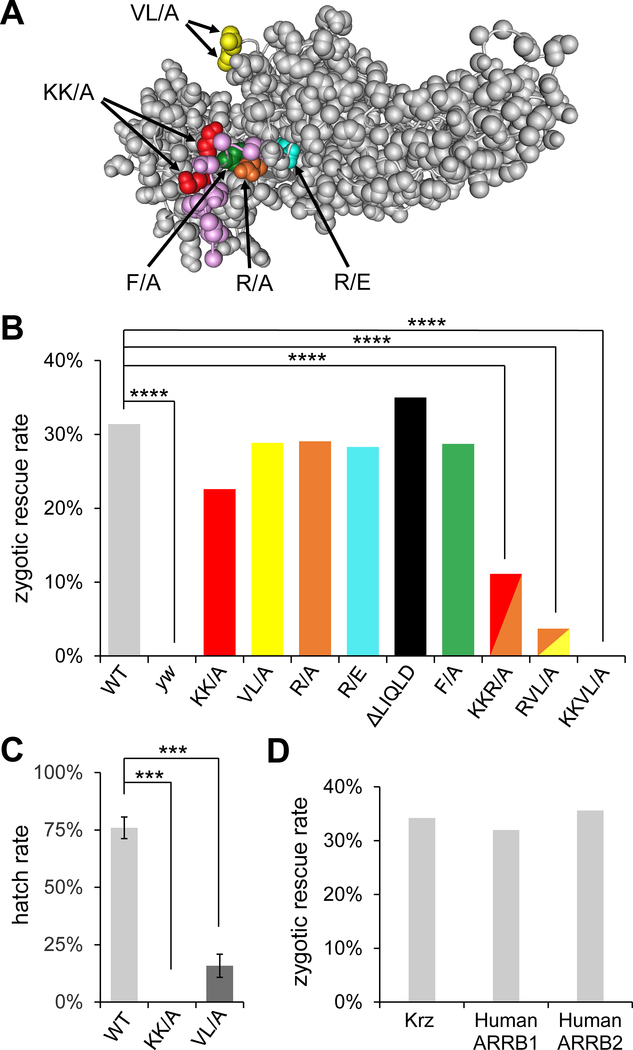Fig. 1. Phospho-sensing motif and the finger loop are important for Krz function in vivo.
(A) A molecular model of bovine β-arrestin-1 (PDB accession 1G4R), with the corresponding mutations in Krz from this study indicated and highlighted in color. The C terminal tail of β-arrestin-1 is shown in magenta. The region corresponding to the LIQLD motif is disordered in the structure and not shown. (B) Results of the zygotic rescue experiments. Percentages of rescued adults in the krz1 homozygous mutant background are shown for the wild type (WT) genomic rescue construct krz5.7-SBP and the derived constructs carrying the indicated mutations. ****, p<0.0001 in chi-squared test. Expected maximal rescue rate by the WT construct is 33% (see Fig. S2 for details of the genetic crosses). Numbers of adult flies scored for each condition were: WT=156; yw=146; KK/A=202; R/A=289; VL/A=132; R/E=106; ΔLIQLD=125; F/A=101; KKR/A=198; RVL/A=216; KKVL/A=598. (C) Hatch rates of embryos obtained from homozygous krz1 females carrying the indicated krz5.7-SBP rescue constructs. ***, p<0.001 in chi-squared test. (D) da-GAL4 driven expression of krz as well as human β-arrestin-1 (ARRB1) and β-arrestin-2 (ARRB2) can rescue homozygous krz1 animals to adulthood.

